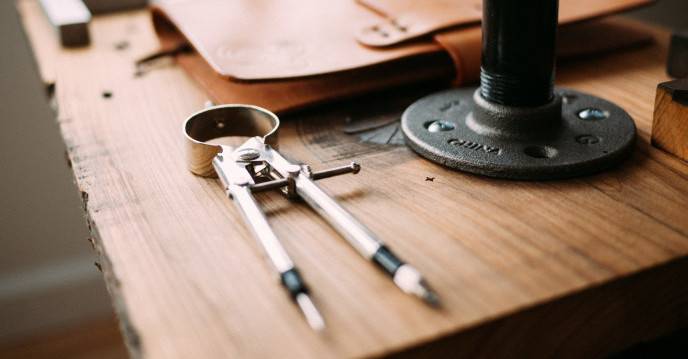In reading The 19 Things That Great Teachers Do on Bulletproof Musician, I selected rule #6 to implement. It states, “The teachers clearly remember students’ work in past lessons and frequently draw comparisons between present and past, pointing out both positive and negative differences.”
Before reading this article, I had already developed the habit of consistently noting a plan in Evernote for each lesson before the lesson started and noting how the lesson went afterward. Many times this habit has helped me determine sequencing, pace, and followthrough. On several occasions it has helped me remember particularly important challenges I assigned the student, meaningful performances to ask about, or Happy Birthdays to wish. If it has been multiple weeks since the last lesson these notes can prove invaluable.
After consulting rule #16, I decided to explore how I could use these notes to effect even more change in the lesson. I decided I would try three new things: (1) select only one major project for each student to work on, (2) ask the student what the project was and what progress they had made over the past week, (3) remark on specific changes (either good or bad) from previous weeks.
Due to travel in the early parts of the summer I didn’t teach during May or June. When I returned back to my students in July, I decided to implement this change immediately. By the end of our first lesson I had determined one project for each student to work on. In several cases it was violin placement and posture, with one student it was opening her elbow to drive a straight bow, with another is was tilting the bow stick away from her rather than towards her to achieve deeper tone. I found it extremely refreshing to only focus our attention on one matter at a time. By doing so, I was able to brainstorm several strategies to correct the problem while in the lesson. After I could tell the student understood how to perform the skill correctly we tried using the skill in various review pieces. Finally, I assigned a specific way the student should practice this skill at home.
Though I knew before the importance of focusing on only one thing in each lesson, I don’t believe I was actually teaching that way. I would fall into the temptation of addressing a multitude of problems at one time in a particular working piece. While hearing review repertoire at the beginning of the lesson I would often mention a problem to be solved in each piece rather than tackle a reoccurring issue. This focus allowed exploration, innovation, collaboration, and achievement to occur in nearly every lesson.
Considering this, I was surprised to find that when I asked students the following week what the most important part of our previous lesson was few were able to voice what I had determined was our major project. Several students told me that working on the newest piece was the most important part and some couldn’t remember anything we had worked on. This was enlightening. After hearing these results I began asking at the end of the lesson what our project was, noting it at the top of the assignment sheet, and questioning students immediately at the beginning of every lesson. This became extremely effective after several weeks of work on the same skill, and students began to articulate with pride exactly what practice strategies and accomplishments they had used and achieved throughout their practice week.
My final goal was to become better at providing verbal feedback about the specific changes I saw from week to week. Specificity was the most difficult element and required a change in the way we worked together in the lesson. With the students working on violin posture I began implementing the “dinosaur test.” If the student, teacher, and parent were able to place the violin in such a way that a dinosaur could balance on the body of the violin we passed the test. From week to week I was able to measure how long a student could hold the dinosaur up, if he or she could play with the bow while the dinosaur was balanced, and if he or she could perform certain tasks (flick light switch, turn in a circle, close eyes) with the dinosaur. With opening and closing of the elbow I was able to measure her progress by how many times she needed a reminder to open the hinge. With bow tilting we tested her ability to keep the angle while playing all the way through various length’s and difficulties of pieces. With these measurable goals, I was then able to articulate very clearly what I saw changing.
I found that the verbal feedback, both positive and negative, from week to week was extremely motivational. Students’ eyes would light up with each challenge and each reward. At the beginning of June our accomplishment was in both defining what our singular focus was, then I was able to identify change in each students’ playing, but now our biggest accomplishment is students beginning to recognize change in their own playing. I hope this ability to measure change, for better or for worse, will become one of the most valuable tools in their practice for years to come.


Leave a Reply